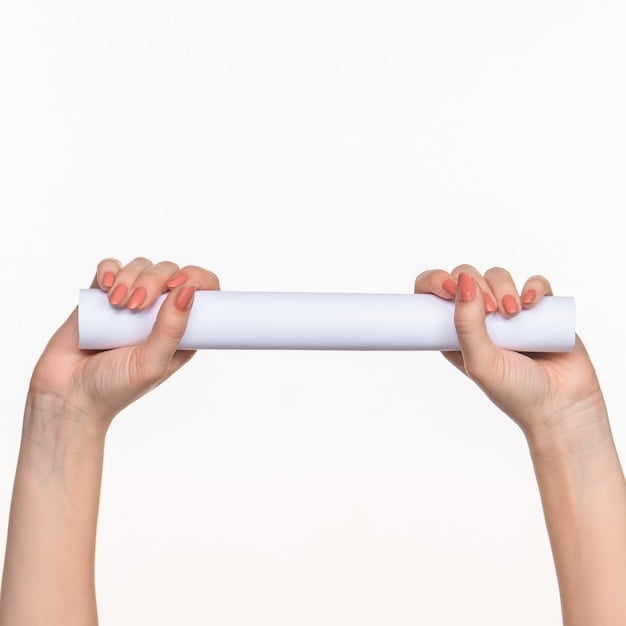Introduction
Foam rolling is a self-myofascial release (SMR) technique that has gained popularity in recent years. It involves the use of a foam roller to apply pressure to specific areas of the body, with the aim of releasing tightness, reducing pain and improving flexibility. One area of the body where foam rolling is often used is the foot. Many people wonder if rolling a ball under the foot can help with conditions like plantar fasciitis. In this article, we will explore the effectiveness of foam rolling for plantar fasciitis.
What is Plantar Fasciitis?
Plantar fasciitis is a common foot condition that occurs when the plantar fascia, a thick band of tissue that connects the heel to the toes, becomes inflamed. This can cause pain and stiffness in the heel and bottom of the foot, particularly in the morning or after long periods of sitting or standing. Plantar fasciitis is often caused by repetitive strain on the plantar fascia, which can result from activities like running, jumping or standing for long periods.
The Role of Foam Rolling
Foam rolling can be an effective way to reduce tightness and discomfort in the foot, including in cases of plantar fasciitis. By applying pressure to the affected area, foam rolling can help to release tension and increase blood flow. This can help to reduce pain and inflammation and promote healing.
How to Foam Roll for Plantar Fasciitis
To foam roll for plantar fasciitis, you will need a foam roller or a small ball, such as a tennis or lacrosse ball. Here are the steps to follow:
- Place the ball or roller on the ground.
- Sit down and place the affected foot on top of the ball or roller.
- Apply pressure to the affected area by rolling the ball or roller back and forth.
- Focus on the areas that are most tender or tight.
- Repeat for 1-2 minutes, several times a day.
Additional Tips for Foam Rolling
To get the most benefit from foam rolling, it is important to use proper technique and to be consistent with your practice. Here are some additional tips to keep in mind:
- Start with a softer foam roller or ball if you are new to foam rolling.
- Gradually increase the pressure as your body becomes accustomed to the technique.
- Avoid rolling directly on the heel or other bony areas of the foot.
- Focus on maintaining proper posture and breathing throughout the rolling process.
- Combine foam rolling with other treatments, such as stretching and massage, for maximum benefit.
Evidence for Foam Rolling and Plantar Fasciitis
While there is limited research on the effectiveness of foam rolling specifically for plantar fasciitis, some studies have suggested that SMR techniques like foam rolling can be beneficial for reducing pain and improving function in the foot. One study published in the Journal of Bodywork and Movement Therapies found that foam rolling can improve ankle range of motion and decrease pain in participants with plantar fasciitis. Another study published in the Journal of Athletic Training found that SMR techniques can be effective for reducing muscle soreness and improving flexibility.
Conclusion
In summary, foam rolling can be a helpful tool for managing symptoms of plantar fasciitis. By releasing tension and increasing blood flow, foam rolling can reduce pain and inflammation in the affected area. While more research is needed on the specific benefits of foam rolling for plantar fasciitis, the available evidence suggests that it can be a useful addition to a comprehensive treatment plan. If you are experiencing foot pain or discomfort, talk to your healthcare provider to determine the best course of action.






